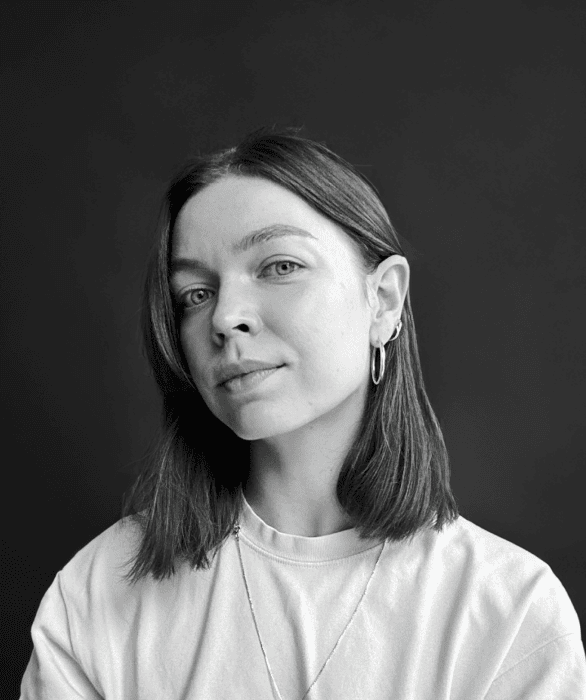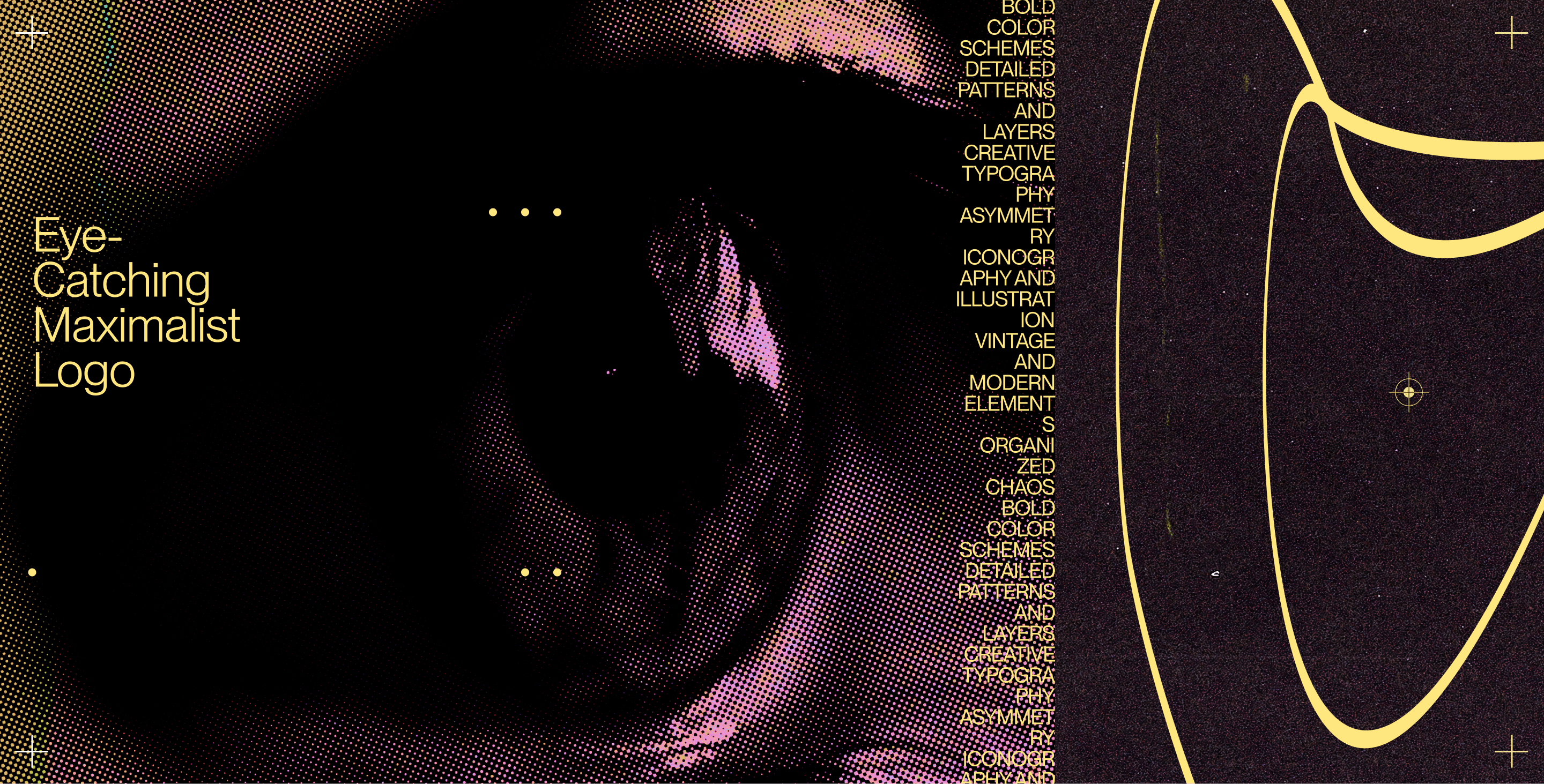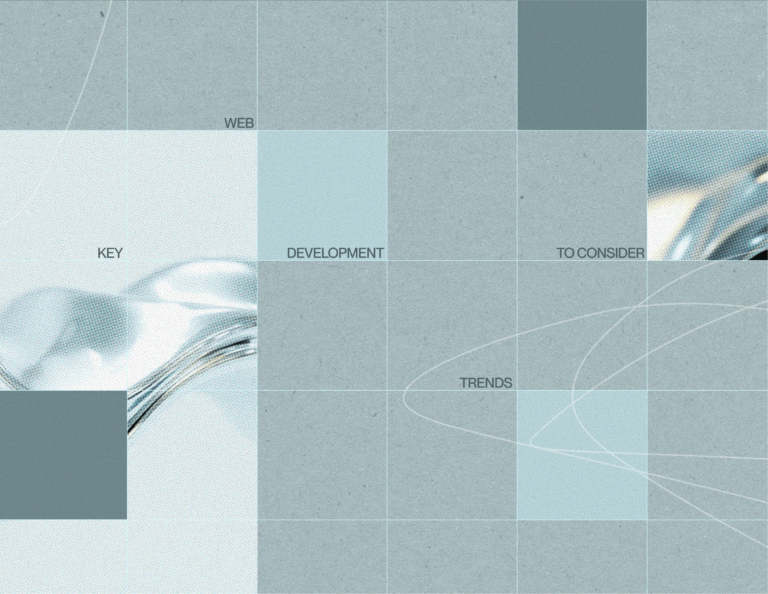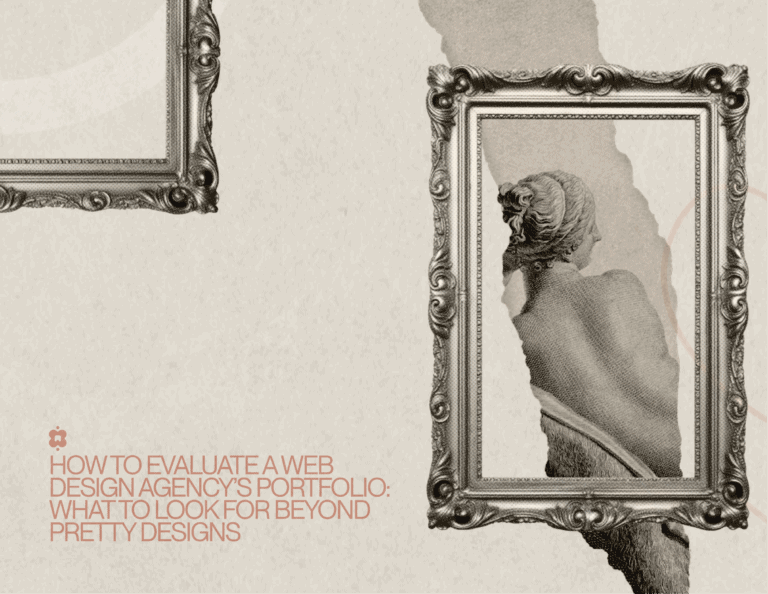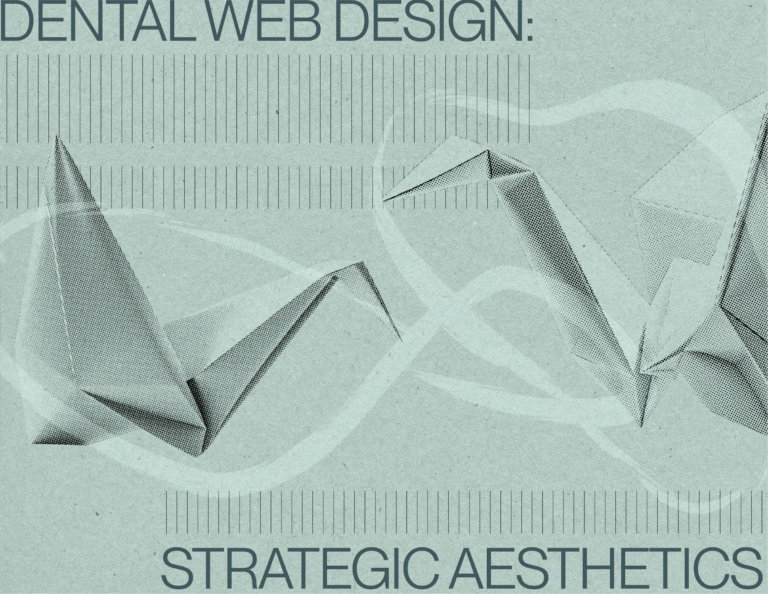Outline:
Can too much ever be just right? In the world of logo design, maximalist logos boldly prove that sometimes, more truly is more. With intricate patterns, vibrant details, and layers of creativity, these designs stand out in a sea of simplicity. While minimalism has long been the dominant trend, maximalism is a refreshing rebellion—a chance to embrace the loud, the bold, and the unapologetically detailed.
Central to this movement is the use of a maximalist color palette, characterized by daring contrasts, vibrant gradients, and bold hues that amplify energy and demand attention. Maximalism doesn’t shy away from excess; instead, it embraces complexity as a form of storytelling, using design elements to communicate a brand’s essence in an unforgettable way. This article will dive into the essence of maximalist logos and provide actionable strategies to create designs that are as unforgettable as they are impactful.
Maximalism Defined: What Makes a Maximalist Logo
A maximalist logo is more than a design—it’s a statement. It thrives on complexity, weaving together layers of colors, patterns, and shapes to create a visual story. Unlike minimalism, which strips down design to its most essential elements, maximalism celebrates the opposite: an embrace of abundance, detail, and personality.
Maximalist logos are not about being “busy” or “chaotic.” Instead, they are meticulously crafted to capture attention, evoke emotion, and make a lasting impression. These designs thrive on the idea that every element serves a purpose, whether to enhance visual appeal, convey a specific mood, or reinforce brand identity.
What Sets Maximalist Logos Apart
- Vibrant Colors: A maximalist color palette plays with bold, high-contrast hues and rich gradients, turning color into a storytelling tool that grabs attention.
- Intricate Patterns: Detailed textures, layers, and motifs create depth and interest, transforming logos into works of art.
- Dynamic Typography: Custom, playful fonts act as key visual elements, adding character and uniqueness to the design.
- Intentional Abundance: Every element, from shapes to spacing, works in harmony to amplify the overall effect.
Maximalism isn’t just a design choice—it’s a branding powerhouse. These logos excel in creating a maximalist branding identity that is bold, memorable, and emotionally resonant. By embracing an “everything goes” ethos within a structured framework, brands can differentiate themselves in crowded markets and connect with their audiences on a visceral level.

The Psychology Behind Maximalist Logos: Design That Demands Attention
Eye-Catching and Emotionally Engaging
At its core, a maximalist logo captivates the senses. Vibrant designs draw attention instantly, and the intricate details invite the viewer to linger. This dual effect creates a logo that is not only seen but remembered. Studies on consumer behavior reveal that people are more likely to recall and engage with visually stimulating content—a cornerstone of maximalist design.
Visual Storytelling Through Complexity
A maximalist logo doesn’t just represent a brand—it narrates its story. Every color, pattern, and detail serves a purpose, reflecting the brand’s personality, values, and mission. For example, an artisanal bakery might use intricate floral patterns to evoke feelings of craftsmanship and tradition, while a tech startup might employ bold gradients and futuristic typography to signal innovation and energy.
Breaking Through the Noise
Standing out is no small feat. Maximalist branding achieves this by creating a logo that is impossible to ignore. It screams creativity, innovation, and confidence—qualities that resonate deeply with modern consumers. Maximalist logos don’t just compete for attention; they command it.
Designing Maximalist Logos: Tips to Master the Art of Boldness
Designing a maximalist logo is a delicate art that walks the line between captivating and overwhelming. Each element must contribute to the overall aesthetic and serve the brand’s identity and resonate with its audience. Below is an in-depth exploration of key tips, now enriched with real-world examples, to ensure your maximalist logo is bold, purposeful, and impactful.
01 Think Big: Start with a Vision for Your Maximalist Logo
Every successful maximalist logo begins with a clear, intentional vision. Without a foundational concept, the intricate elements of maximalism can quickly devolve into chaos. Start by asking: What story does the logo need to tell? What emotions should it evoke? Whether it’s boldness, luxury, or playfulness, defining the core identity is crucial.
Gucci
Gucci’s logo is a textbook example of maximalism in branding. While the core logo is relatively simple, their approach to branding pairs it with bold, intricate patterns and vivid color palettes across their product designs and marketing. For example, Gucci’s maximalist branding often includes opulent floral motifs, rich textures, and layered patterns that reflect the brand’s ethos of luxury and sophistication.
Pro Tip:
Brainstorm adjectives that describe the brand (e.g., vibrant, daring, luxurious) and use them as guiding principles during the design process. Sketch multiple drafts to experiment with how these attributes can translate visually.
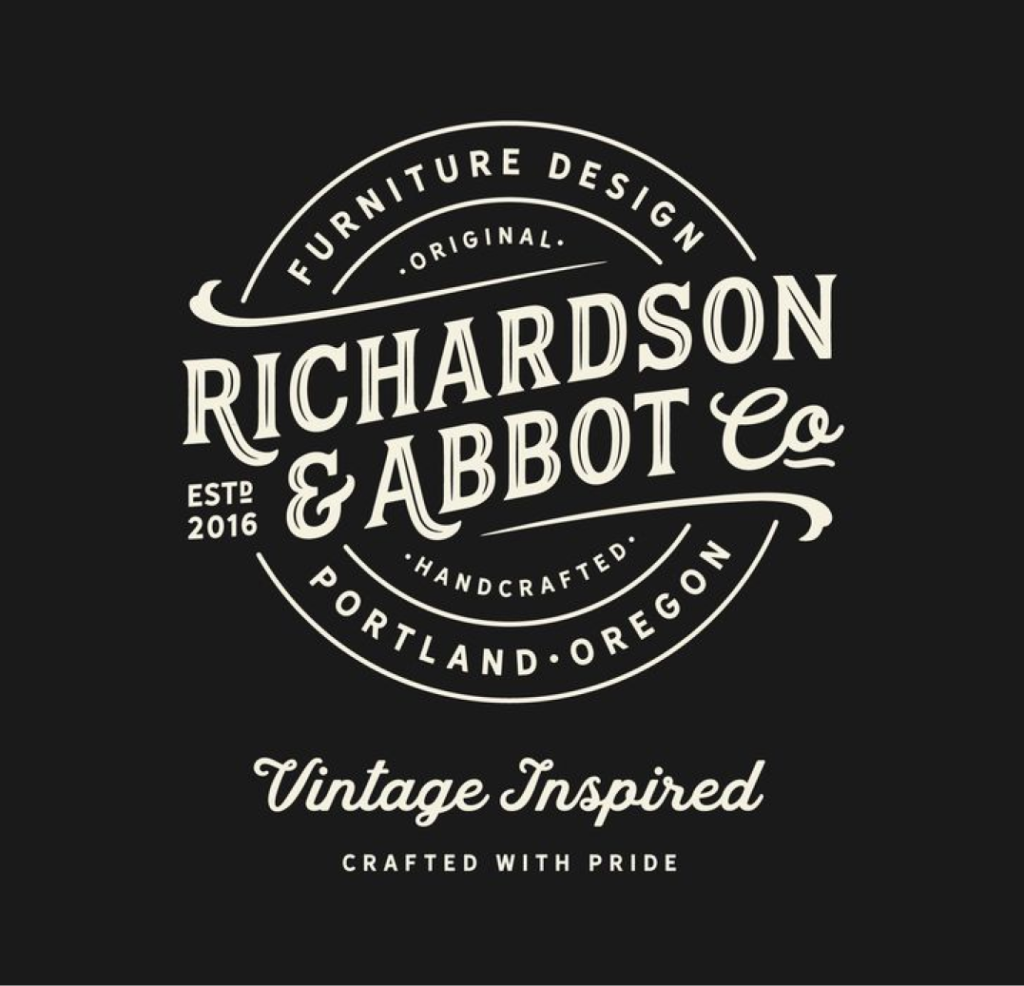
02 Organize Chaos: Balancing Complexity and Clarity in Maximalist Logos
Maximalism thrives on visual abundance, but without clarity, a logo risks becoming overwhelming. The key is to create harmony by layering elements strategically, guiding the viewer’s eye, and incorporating visual hierarchy.
Versace
The Versace logo is a masterclass in balancing complexity and clarity. The Medusa head is intricately detailed yet remains the focal point. Surrounding it is a geometric Greek key pattern that adds depth without overshadowing the centerpiece. This strategic layering ensures the design is bold but not chaotic.
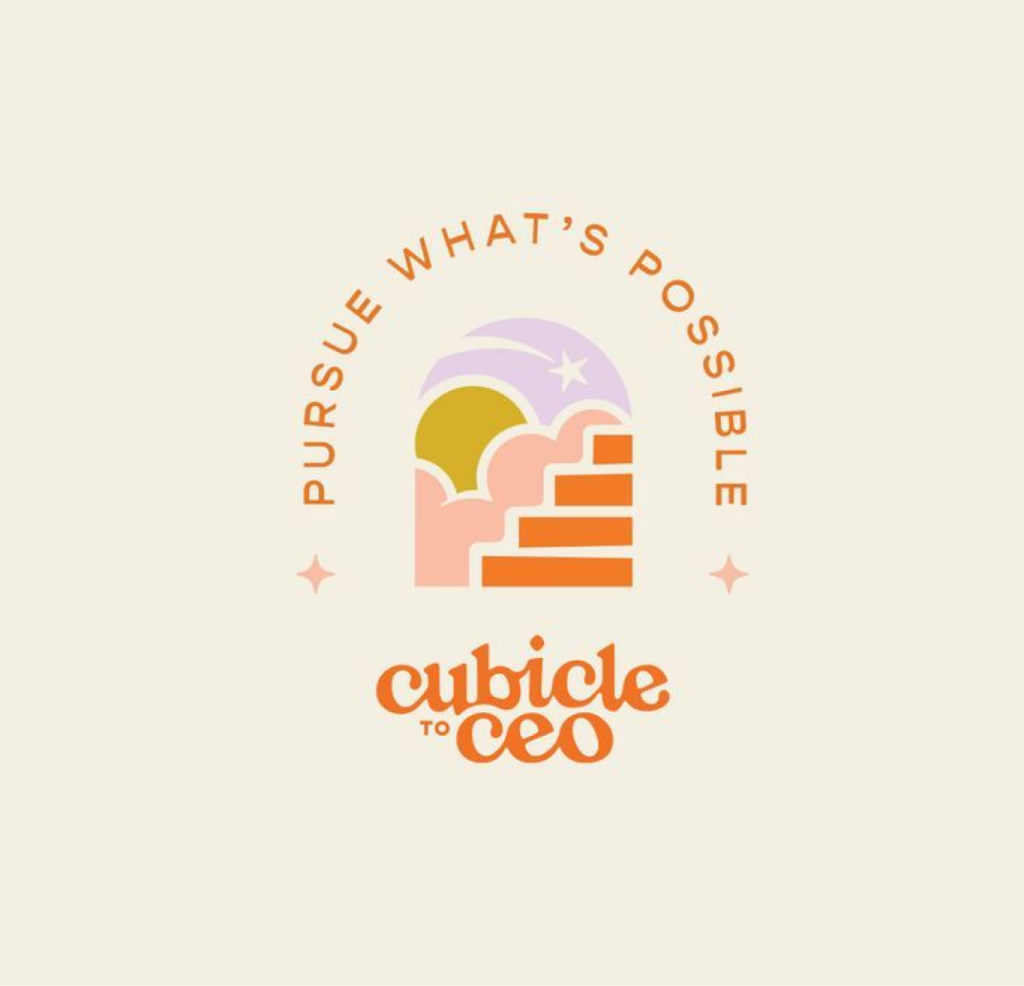
How to Balance Complexity and Clarity
- Layer Strategically: Break the logo into layers that work together seamlessly. For instance:
- A bold central element (e.g., a dynamic emblem or symbol).
- Supporting details like patterns or textures in the background.
- Accent features such as typography or secondary motifs.
- Simplify the Base: Use a structured layout or grid system to maintain balance.
- Leverage White Space: Incorporate empty spaces strategically to give the design room to breathe. This prevents visual fatigue and highlights focal points.
- Define a Visual Path: Identify where you want the viewer’s eye to start and finish. Use scale, contrast, and alignment to create a logical flow.
03 Turn Up the Volume with Colors: Making a Maximalist Logo Pop
Colors are the lifeblood of a maximalist logo, and a maximalist color palette can transform a design from mundane to magnetic. Bold hues, unexpected pairings, and gradients add energy and vibrancy, making the logo unforgettable.
Spotify Wrapped Campaign
While not strictly a logo, Spotify’s Wrapped branding is a brilliant example of maximalist use of color. The campaign incorporates neon gradients, unexpected color pairings, and bold typography to grab attention and evoke excitement. This approach aligns perfectly with their youthful, music-loving audience, showing how a brand can embrace maximalist elements without sacrificing clarity.
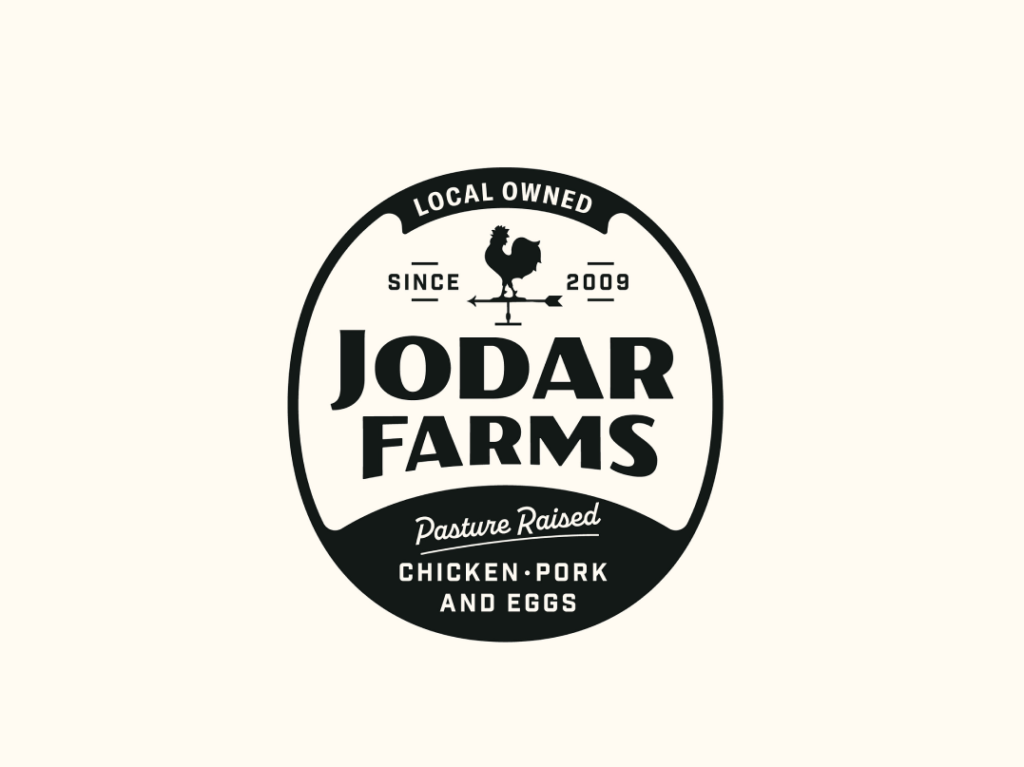
How to Master Color in Maximalism
- Experiment with Contrasts: Combine bright colors with muted tones or complementary hues to create depth. Pairing neon pink with navy blue, for example, creates a striking yet harmonious effect.
- Play with Gradients: Gradients add dimension and texture, especially in abstract or geometric patterns. Experiment with multicolor gradients for a more dynamic feel.
- Consider Cultural Contexts: Different colors hold different meanings across cultures. For instance, red signifies luck and prosperity in some cultures, making it ideal for global brands looking to resonate universally.
Pro Tip:
Choose 2-4 primary colors and use supporting shades sparingly to maintain visual harmony. This keeps the design cohesive while allowing boldness to shine.
04 Typography as Art: When Fonts Become the Star of Maximalist Logos
In maximalist design, typography isn’t an afterthought—it’s a showstopper. Fonts become a visual element, blending seamlessly with patterns, shapes, and colors to create a cohesive and striking logo.
Coca-Cola
The Coca-Cola logo, while a classic, showcases how typography can be elevated through maximalist principles. The iconic cursive font is often paired with layered design elements, such as vintage textures and bold red backdrops, creating a timeless yet dynamic visual.
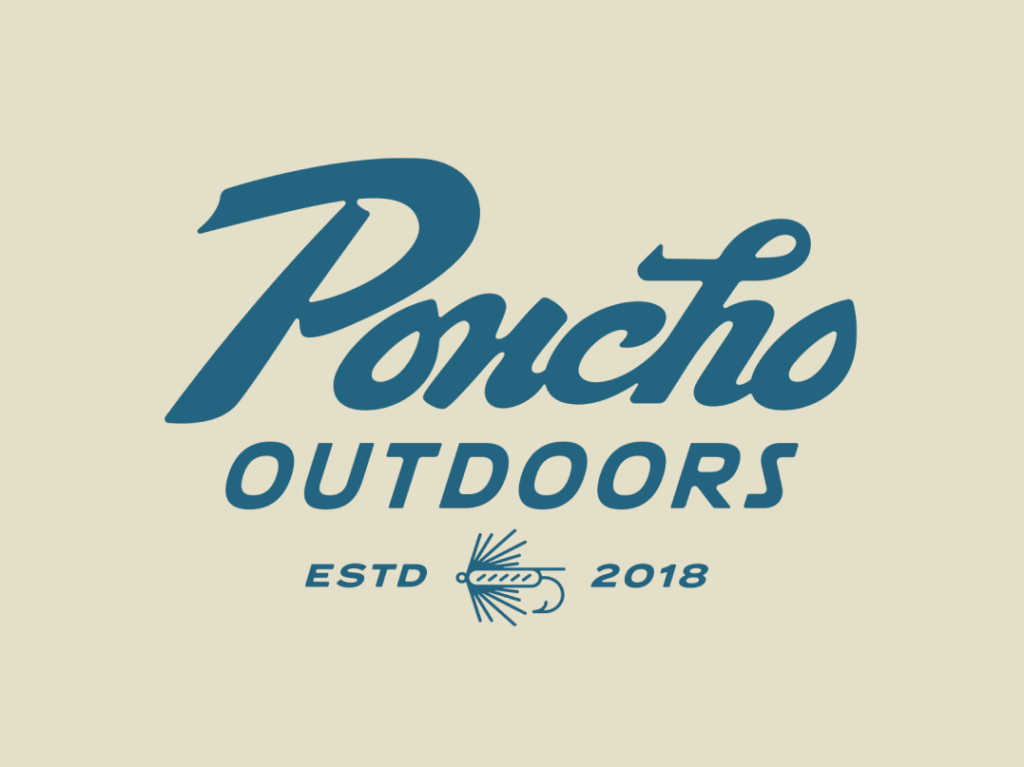
Tips for Typography in Maximalism
- Play with Pairing: Mix bold display fonts with softer script styles for a dynamic contrast. For instance, a retro-inspired logo could pair chunky serif letters with whimsical calligraphy.
- Create Custom Fonts: Hand-drawn or uniquely crafted typography elevates a logo, making it one-of-a-kind.
Add Texture: Apply gradients, shadows, or embedded patterns to the typeface itself for added depth.
05 Patterns and Shapes: Adding Depth to Your Maximalist Logo
Patterns and shapes are hallmarks of maximalism, transforming flat logos into immersive designs that demand attention. They offer endless opportunities for creativity, allowing designers to layer complexity and detail.
Missoni
Missoni, the iconic Italian fashion brand, exemplifies how patterns and shapes can be used effectively in maximalist design. Their signature zigzag and geometric motifs, often presented in vibrant, overlapping color palettes, showcase the power of repetition and rhythm. While Missoni’s logo itself is simple, their branding incorporates these bold patterns to extend the maximalist aesthetic across products and campaigns, creating a cohesive and memorable brand identity.
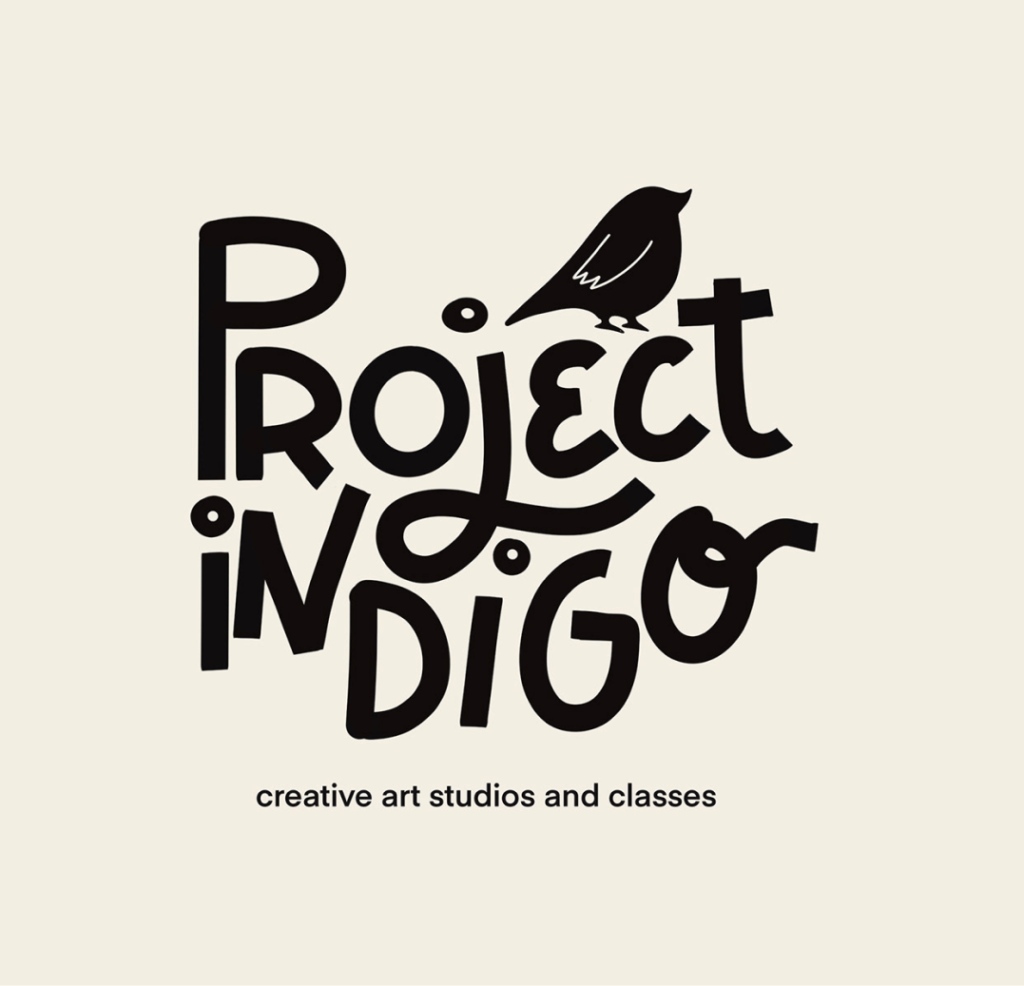
Best Practices for Patterns and Shapes
- Repetition and Rhythm: Repeated patterns create visual rhythm, adding balance and harmony. For example, using symmetrical floral motifs or geometric grids can enhance the logo’s structure.
- Blend Symmetry and Asymmetry: Symmetry provides order, while asymmetry introduces dynamic energy. A mix of both keeps the design visually engaging.
- Use Overlays: Layer patterns over background elements or within typography to add texture and dimension.
Pro Tip:
Experiment with negative space. Incorporating hidden shapes or motifs within patterns can add a layer of discovery to the design, surprising and delighting viewers.
06 Test Across Mediums: Ensuring Versatility in Maximalist Logos
A maximalist logo is only as effective as its adaptability. It must retain its impact across different mediums, from large-scale billboards to small app icons.
Airbnb
Airbnb’s logo may not be maximalist in itself, but their use of the logo in branded applications demonstrates versatility. Their campaigns often incorporate vibrant, playful patterns and bold, localized typography that adapt seamlessly to digital and physical mediums.
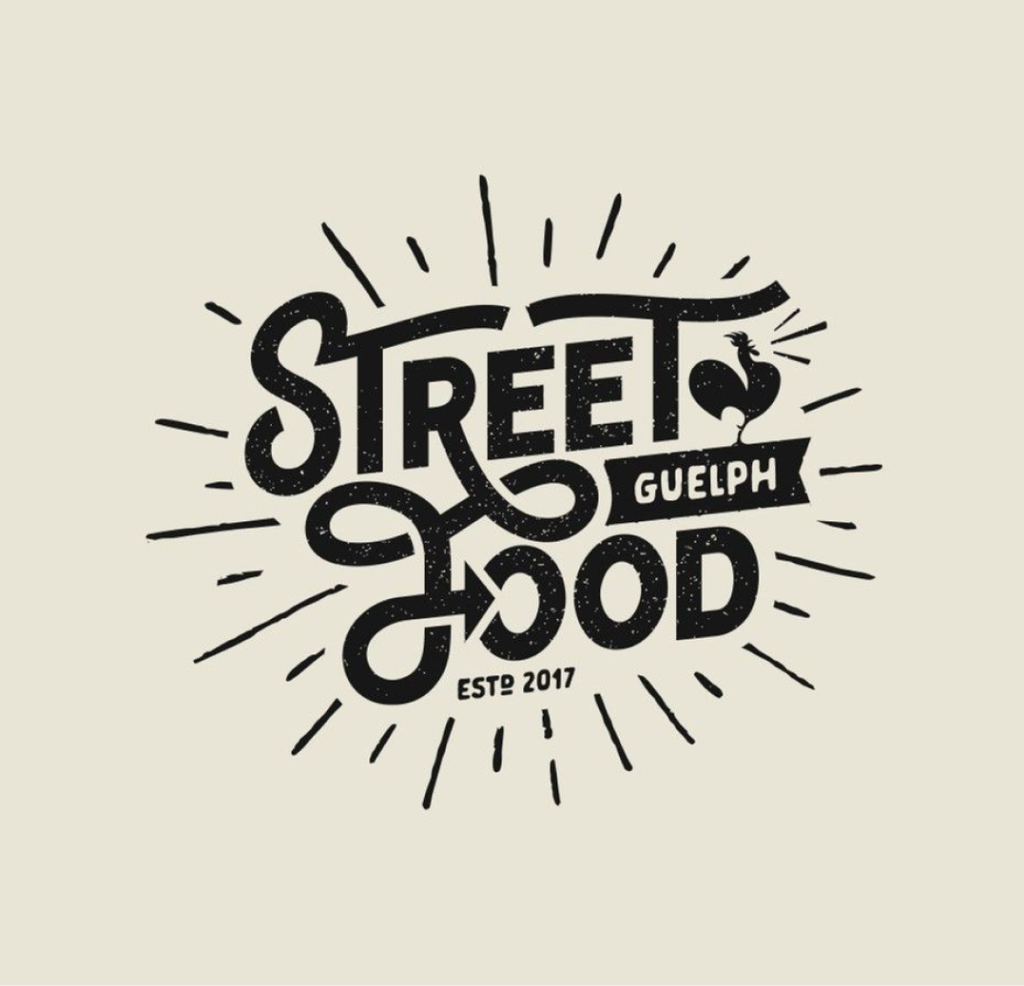
Steps to Ensure Versatility
- Digital Testing: Test the logo at various resolutions and screen sizes to ensure clarity and impact remain intact.
- Print-Friendly Variations: Verify that gradients and textures translate well into print, avoiding muddy or pixelated results.
- Create Adaptable Versions: Develop simplified or monochrome iterations of the logo for applications where the full design may not be feasible.
07 Align with Identity: Making a Maximalist Logo Brand-Specific
While maximalist logos celebrate creativity and boldness, they must align with the brand’s identity to be effective. A logo that feels out of sync with its audience or industry risks confusion or alienation.
Burberry
Burberry’s rebranding incorporated a maximalist pattern—a bold, interlocking “TB” monogram. This design aligned perfectly with the brand’s identity as a luxurious yet modern fashion house, resonating with a younger demographic without alienating long-time customers.

Tips for Alignment
- Know Your Demographic: Research your target audience to determine what design elements resonate with them. A youthful, vibrant audience may appreciate neon colors and playful typography, while a high-end clientele might prefer refined patterns and metallic finishes.
- Learn from Competitors: Analyze maximalist logos within the same industry to identify successful trends while ensuring your design stands out.
Avoiding Pitfalls: How to Keep Your Maximalist Logo on Track
Designing a maximalist logo is an exercise in both creativity and control. While maximalism celebrates boldness and complexity, it must be executed with precision to avoid overwhelming the viewer or diluting the brand message. Below, we delve into common pitfalls in maximalist logo design and strategies to sidestep them.
Too Much of a Good Thing
Maximalism embraces “more,” but without discipline, the design can quickly veer into chaos. Overcrowding the logo with too many elements can confuse viewers, making it difficult for them to identify the focal point or grasp the overall message. Balance is the key to ensuring that the design remains engaging, not overwhelming.
- Define Priorities: Identify the most important elements of the design. For example, decide whether the typography, patterns, or symbols should take center stage, and let the other components play a supporting role.
- Edit with Purpose: For every detail you add, ask yourself if it enhances the overall message. Remove anything that doesn’t serve a clear purpose or create harmony within the design.
- Establish a Focal Point: Ensure there’s a primary element that draws the viewer’s attention first. This could be a bold typographic treatment, an emblem, or a striking color combination.
Scaling Challenges
One of the biggest challenges in maximalist design is scalability. Logos that look stunning on large canvases can become unrecognizable or cluttered when resized for smaller formats. It’s crucial to ensure that the intricate details of the design don’t get lost when scaled down.
- Test in Multiple Sizes: Always preview the logo at various sizes, from tiny favicons to large-scale billboards. This helps identify which details work well universally and which may need adjustment.
- Simplify for Small Applications: Create alternative versions of the logo for smaller uses. A simplified variant can retain the brand’s essence without sacrificing clarity or impact.
- Prioritize High-Contrast Elements: High contrast between colors, shapes, and typography ensures the logo remains legible and visually impactful, even at reduced sizes.
Staying Authentic
While maximalist logos thrive on creativity and innovation, they must remain true to the brand’s identity. A logo that feels disconnected from the brand’s values or target audience can confuse viewers and weaken its effectiveness.
- Start with the Brand’s Message: Ensure the design reflects the core essence of the brand. Is the company playful, luxurious, or cutting-edge? Every element of the logo—from the color palette to the typography—should align with this identity.
- Understand the Audience: Know who the logo is speaking to. Younger audiences may resonate with vibrant, eclectic designs, while a more mature demographic might appreciate refined, understated maximalism.
- Avoid Designing for Trends Alone: While maximalism is a popular trend, don’t let it overshadow timelessness. Ensure the logo remains relevant even as design trends evolve.
On a Final Note
Maximalist logos challenge the norms, celebrating creativity, detail, and personality. By embracing bold colors, intricate patterns, and dynamic storytelling, these designs create powerful brand identities that demand attention. Whether you’re revamping an old brand or starting fresh, a maximalist branding approach can transform your logo into a timeless statement. Contact us to take your logo to the next level.
